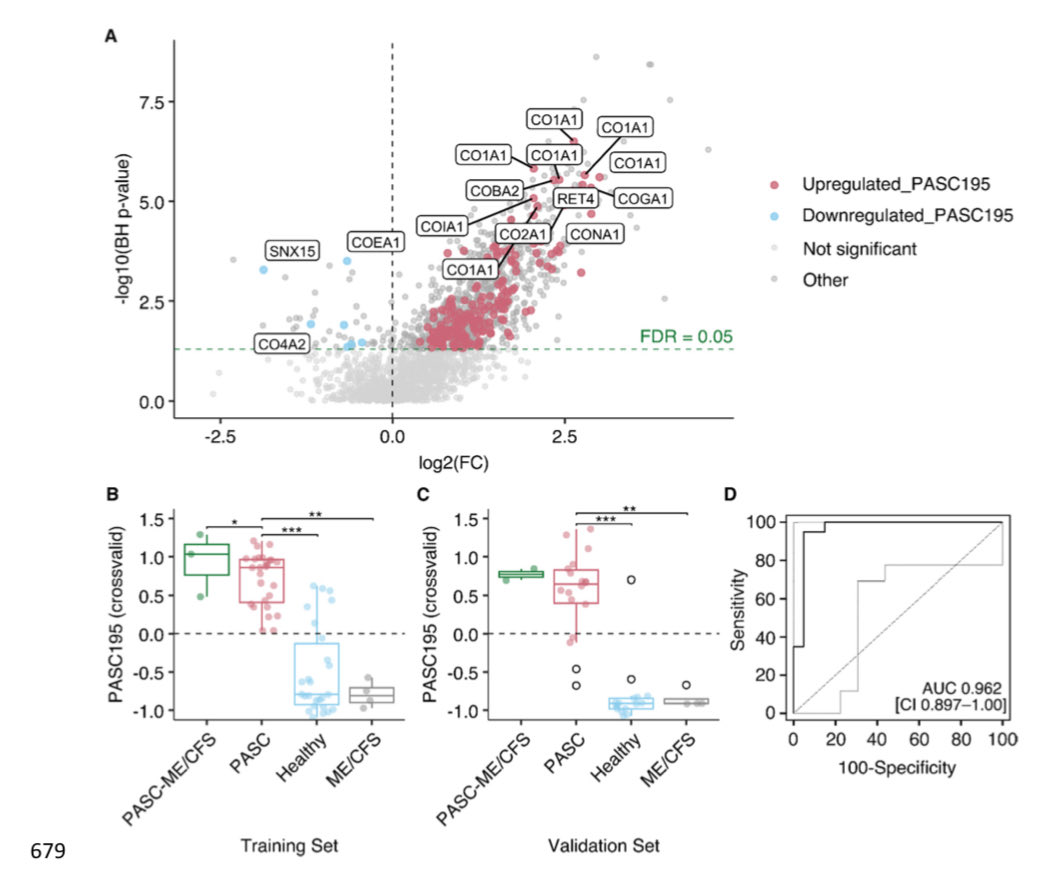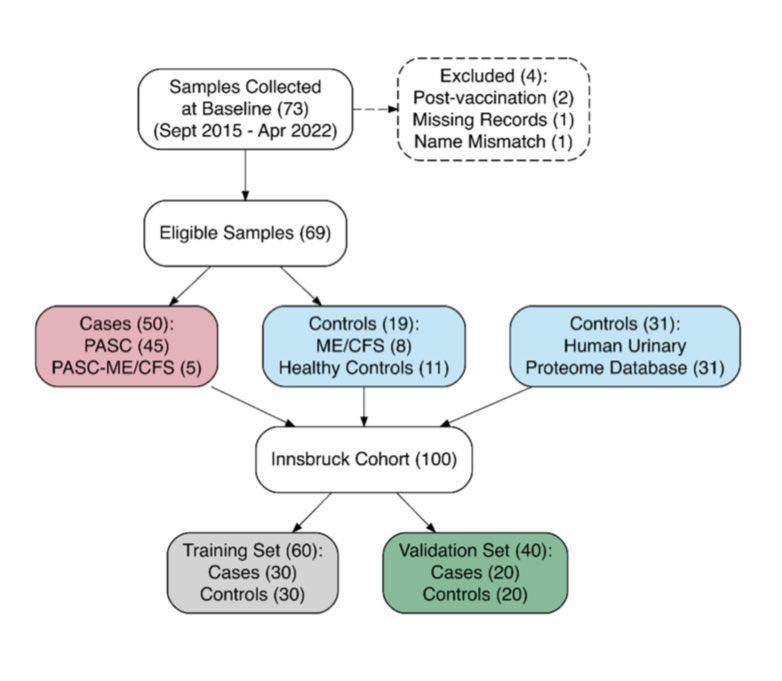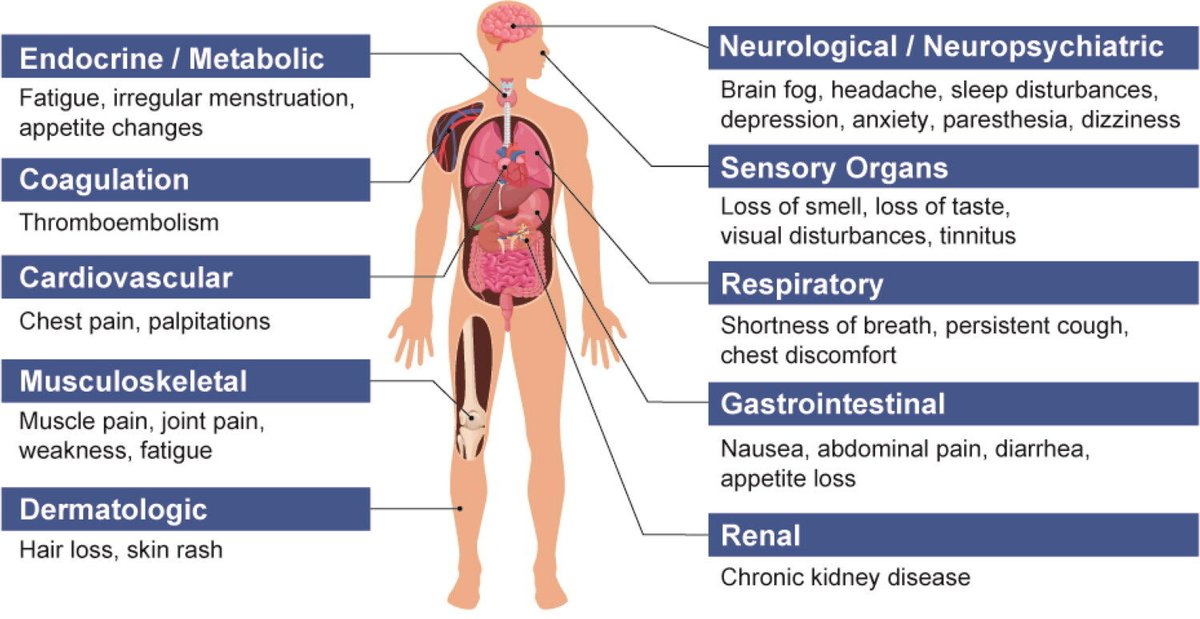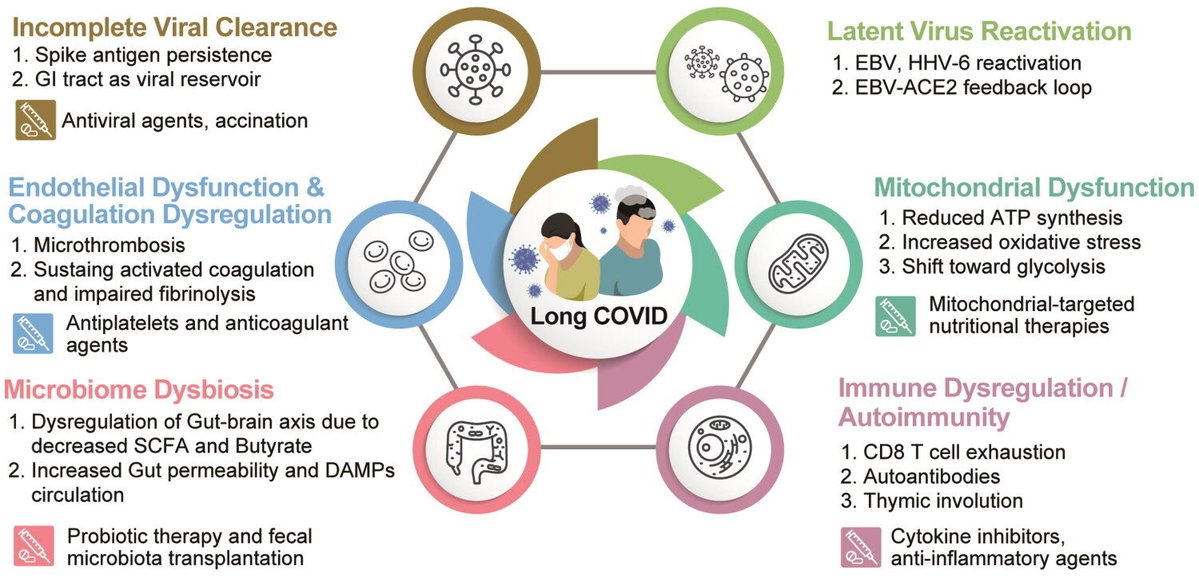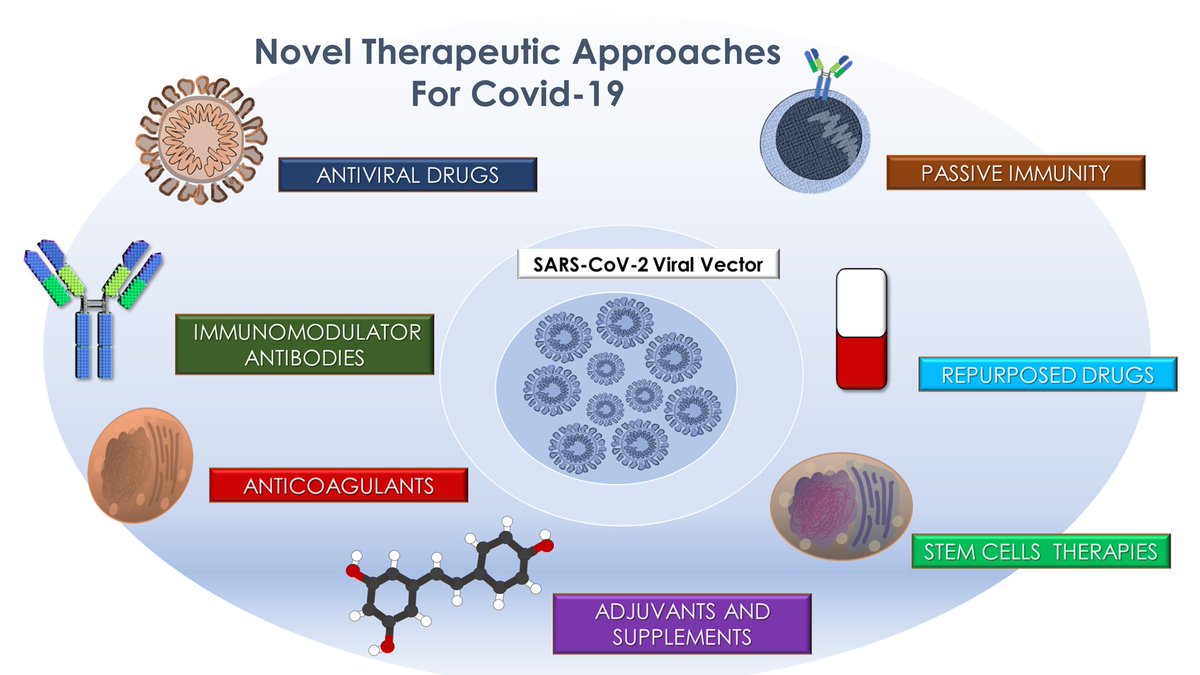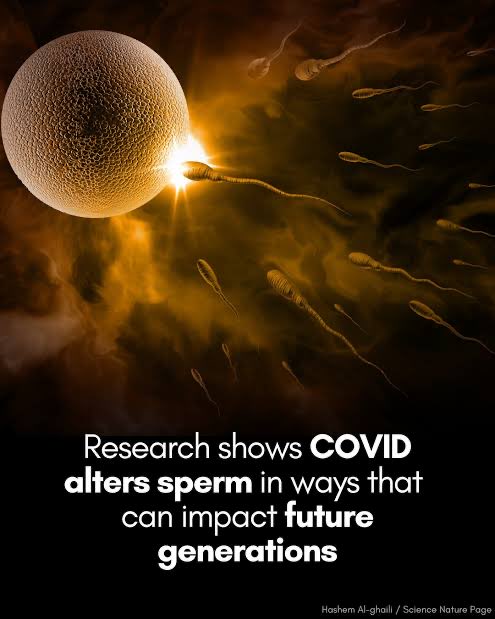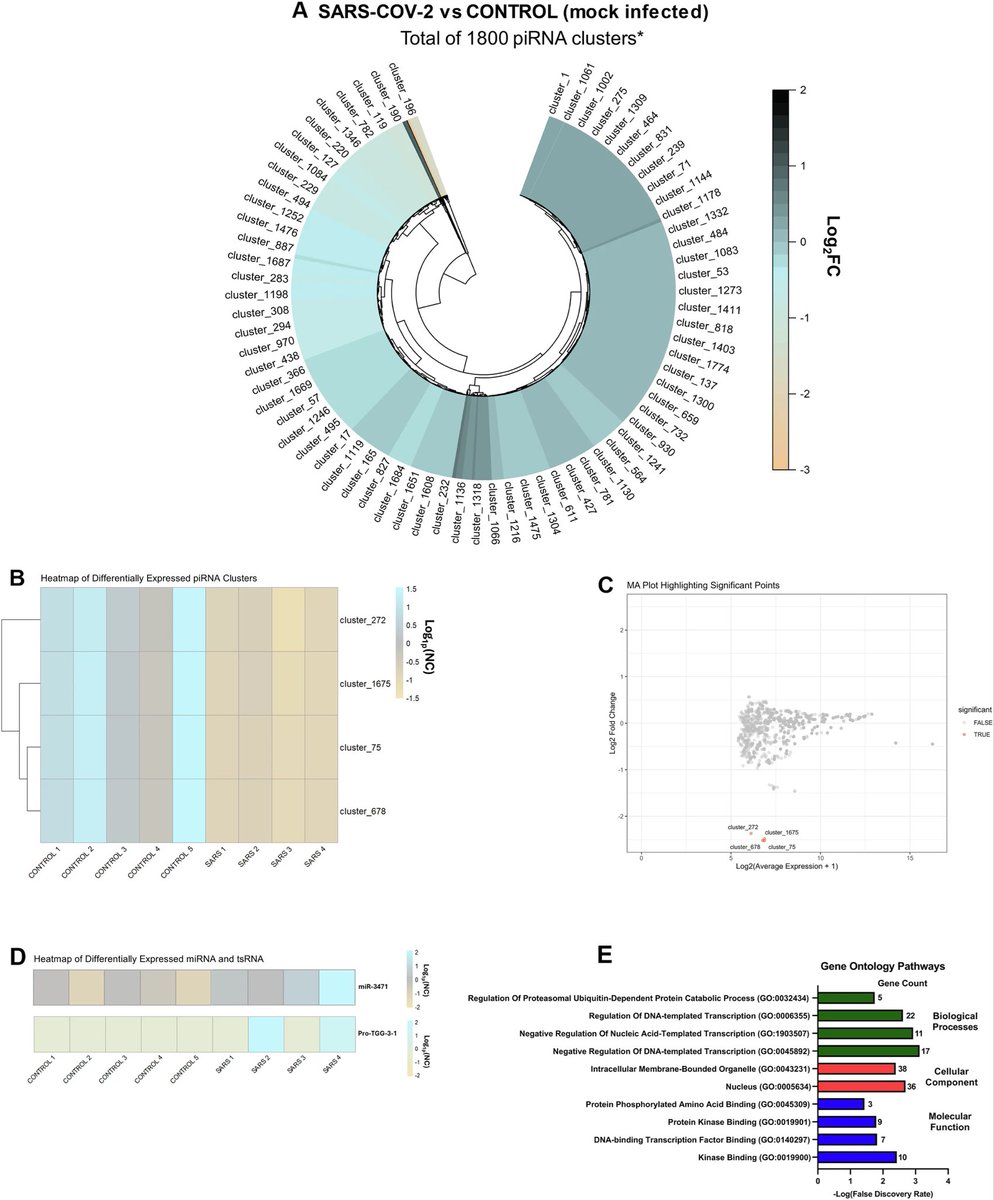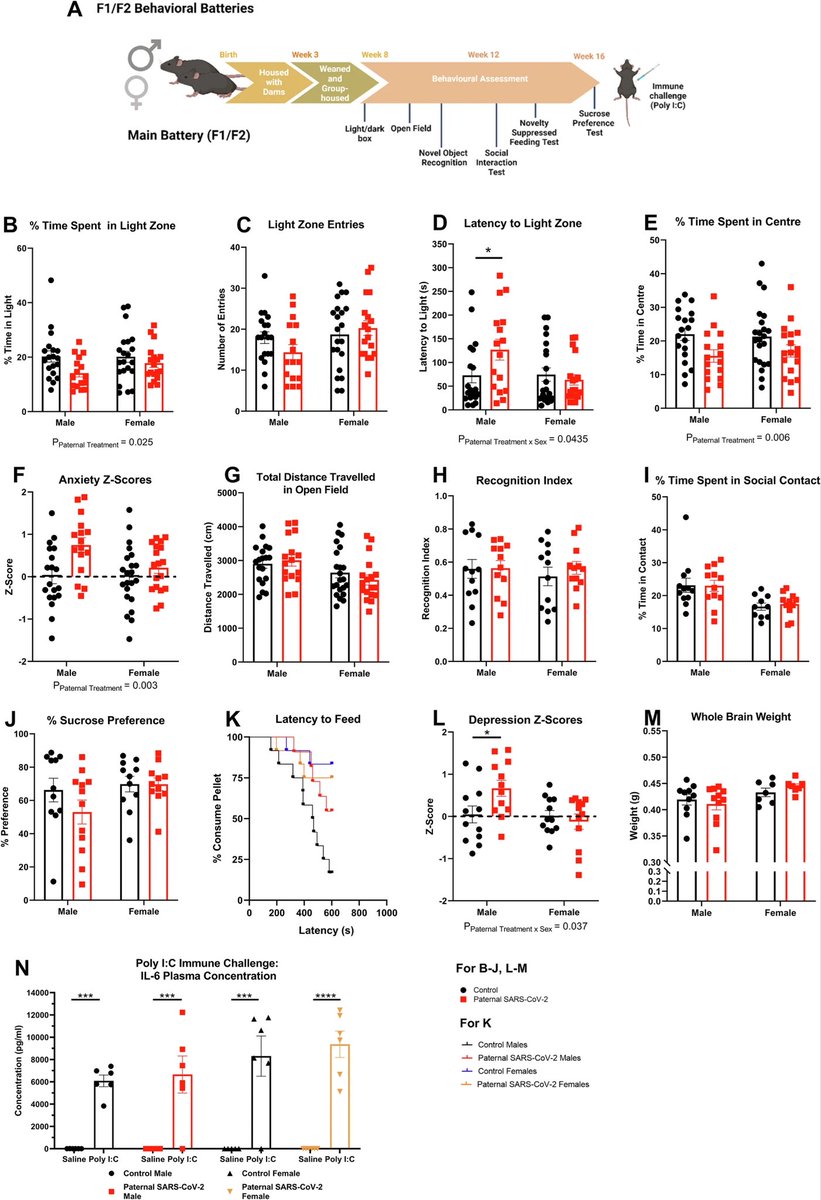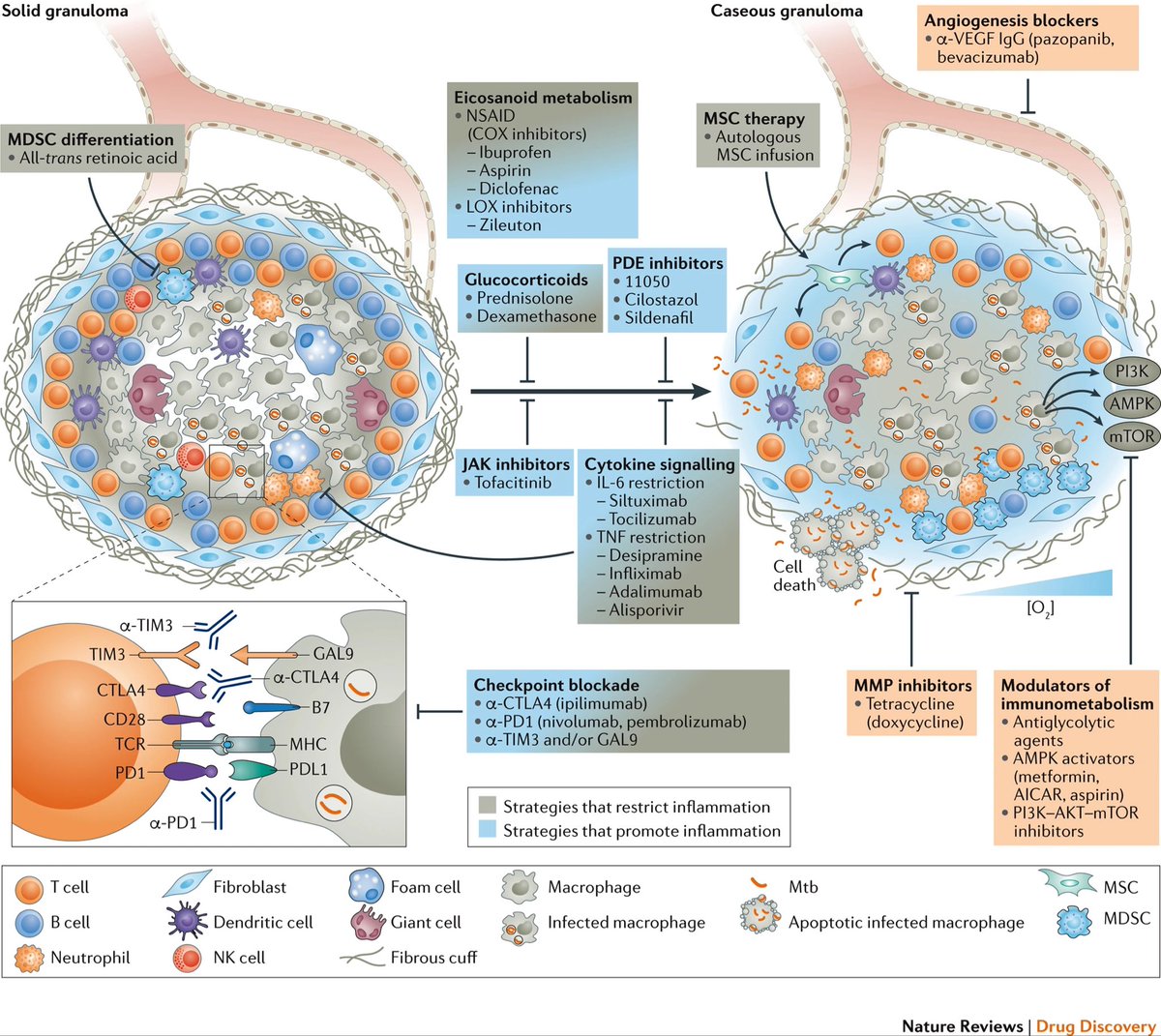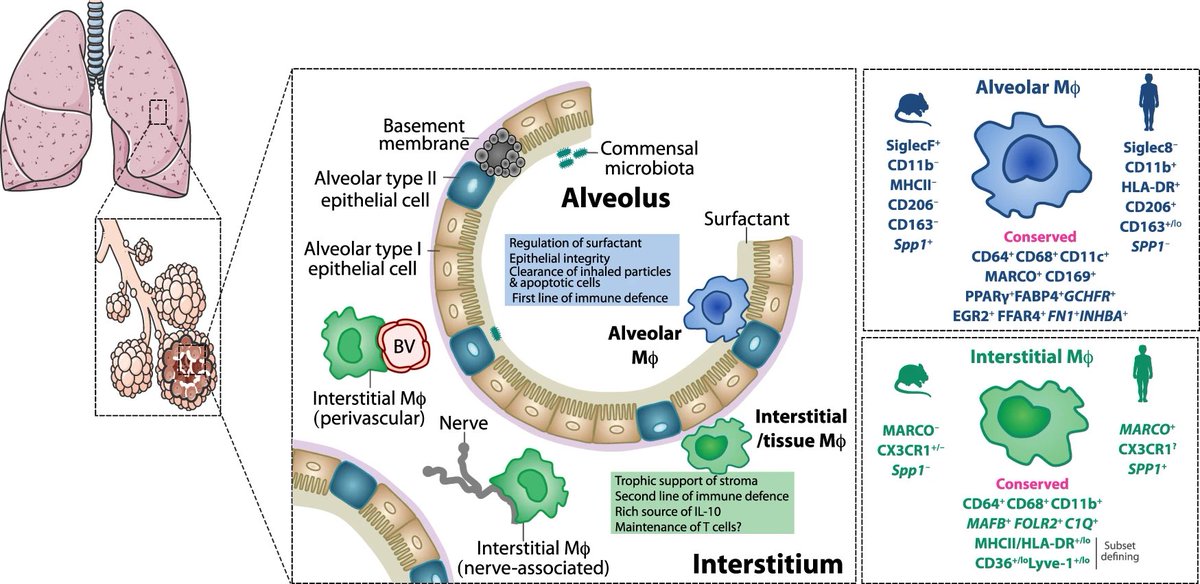A one-shot flu vaccine can beat avian flu strains before they appear
Scientists have developed a proof-of-concept vaccine that could offer broad protection against all known and emerging variants of highly pathogenic avian influenza (A5) viruses, including those that have yet to evolve. This kind of one-shot blanket protection could significantly improve our defenses again. 1/
Scientists have developed a proof-of-concept vaccine that could offer broad protection against all known and emerging variants of highly pathogenic avian influenza (A5) viruses, including those that have yet to evolve. This kind of one-shot blanket protection could significantly improve our defenses again. 1/

They created a high-resolution global antigenic map of highly pathogenic avian influenza A(H5) viruses to track their antigenic evolution — a key barrier to effective pandemic preparedness.
➡️ Using this map, they rationally designed “central” HA vaccine antigens capable of eliciting broad, cross-protective antibody responses across diverse H5 strains.
➡️ In ferret models, these optimized vaccines provided strong protection against infections from multiple, antigenically distinct H5 viruses, matching or exceeding strain-specific vaccines. 2/
➡️ Using this map, they rationally designed “central” HA vaccine antigens capable of eliciting broad, cross-protective antibody responses across diverse H5 strains.
➡️ In ferret models, these optimized vaccines provided strong protection against infections from multiple, antigenically distinct H5 viruses, matching or exceeding strain-specific vaccines. 2/

Key Takeaway
➡️ This study demonstrates a precision-mapping approach to create broadly protective pre-pandemic vaccines against H5 influenza — a potential model for future universal flu vaccine design. 3/3
nature.com/articles/s4158…
➡️ This study demonstrates a precision-mapping approach to create broadly protective pre-pandemic vaccines against H5 influenza — a potential model for future universal flu vaccine design. 3/3
nature.com/articles/s4158…

• • •
Missing some Tweet in this thread? You can try to
force a refresh


